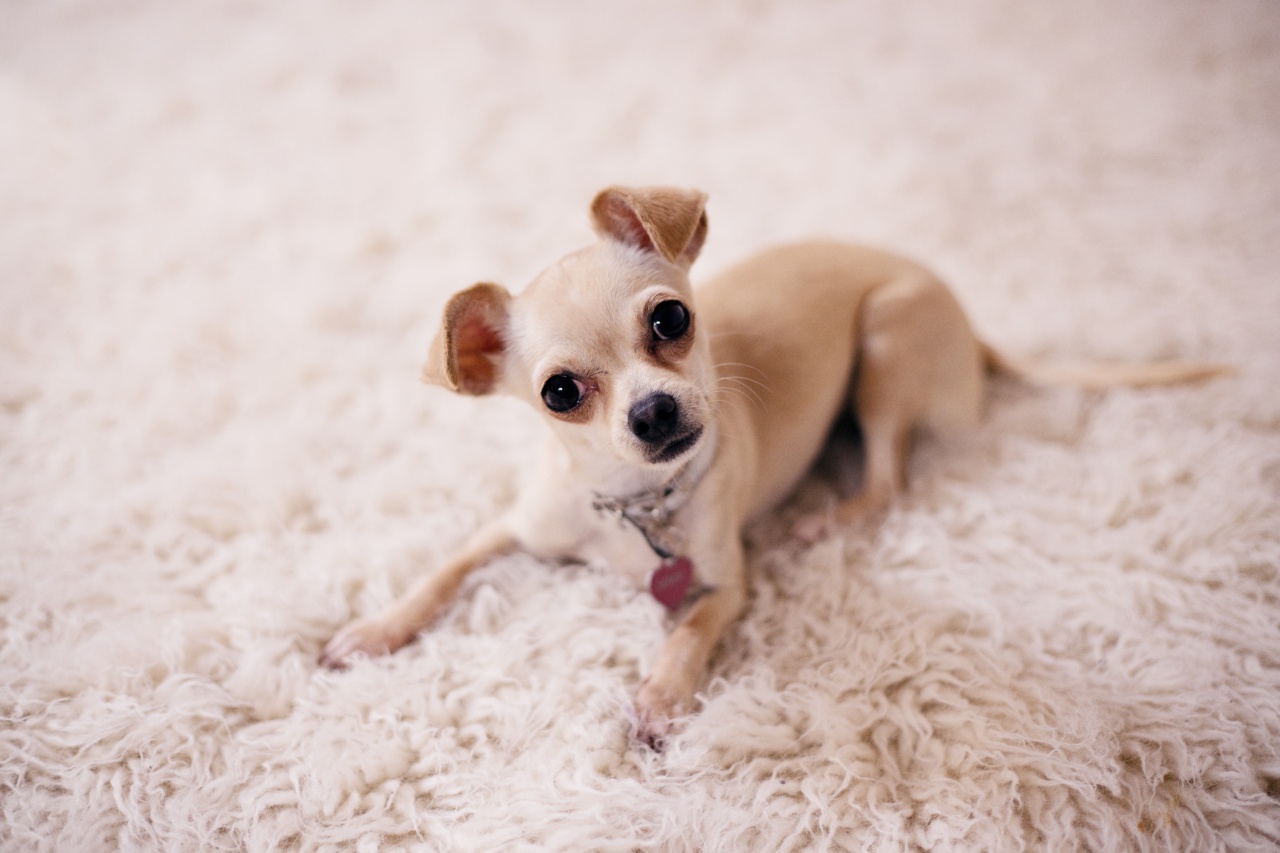Just like humans, dogs can also experience weight issues. Obesity in dogs can lead to a variety of health problems such as joint pain, diabetes, and heart disease.
If you notice that your furry friend is starting to look a little too plump, here are some tips to help slim down your pup.
1. Visit the Vet
The first thing you should do if you notice your dog is gaining weight is to schedule a visit to the vet.
Your vet can perform a physical examination and determine if there are any underlying medical issues that could be causing your dog to gain weight.
2. Measure Your Dog’s Food
Many dog owners simply fill up their dog’s food bowl without measuring the amount of food. This can lead to overfeeding and excessive weight gain.
Instead, use a measuring cup to ensure you are feeding your dog the appropriate amount of food for their size and activity level.
3. Exercise Regularly
Regular exercise can help your dog burn calories and maintain a healthy weight. Take your dog on daily walks, play fetch in the backyard, or sign them up for agility classes.
4. Swap Treats for Veggies
Treats are often high in calories and can add up quickly. Instead of giving your dog high-calorie treats, try giving them small pieces of vegetables such as carrots or green beans.
5. Slowly Transition to a Weight Loss Diet
If your vet recommends a weight loss diet for your dog, it’s important to make the transition slowly. Abruptly switching to a new diet can upset your dog’s stomach.
Gradually mix the new food with your dog’s current food over the course of a few weeks.
6. Monitor Your Dog’s Weight
Regularly monitoring your dog’s weight can help you stay on track with their weight loss goals. Use a scale to weigh your dog once a week and make adjustments to their diet and exercise routine as needed.
7. Stay Consistent
Consistency is key when it comes to helping your dog lose weight. Stick to a regular feeding and exercise routine to help your dog maintain a healthy weight.
8. Get the Whole Family Involved
Helping your dog lose weight is a team effort. Get the whole family involved in your dog’s weight loss journey by taking turns walking your dog or playing with them in the backyard.
9. Consider a Weight Loss Program
If your dog needs to lose a significant amount of weight, consider enrolling them in a weight loss program. These programs often provide personalized meal plans and exercise routines to help your dog reach their weight loss goals.
10. Be Patient
Weight loss takes time and patience, both for humans and for dogs. Be patient with your dog’s weight loss journey and celebrate small victories along the way.



























